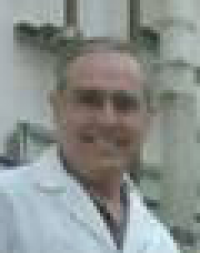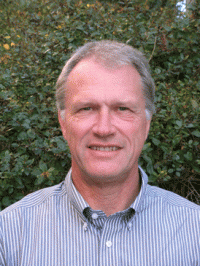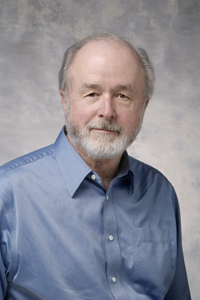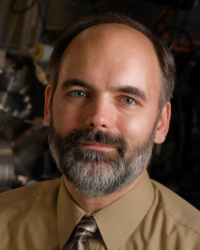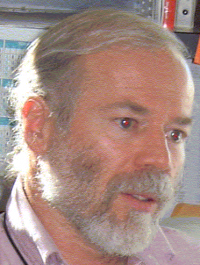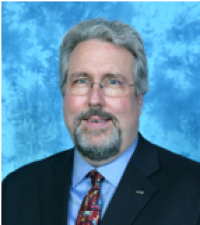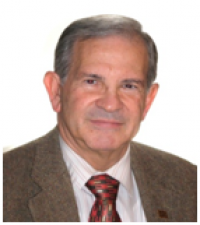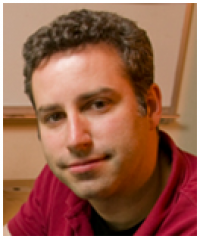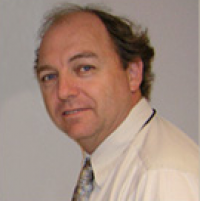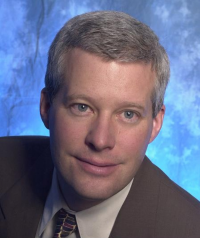Fall 2011 Colloquium Series
EM2 and Spinoff Technologies
SPEAKER: ROBERT SCHLEICHER DATE/TIME: MON, 11/28/2011 – 4:00PM TO 5:00PM LOCATION: 3105 ETCHEVERRY HALL Fall 2011 Colloquium Series Abstract: EM2 is a helium-cooled fast reactor with a conversion ratio of near unity. It has a 30 year core life and is able to burn spent LWR fuel without reprocessing. An update of the technical developments in EM2 since…
Read MoreNeutron Generators for Active Interrogation Applications in Nuclear Safeguards and Homeland Security
SPEAKER: BERNHARD LUDEWIGT DATE/TIME: MON, 11/21/2011 – 4:00PM TO 5:00PM LOCATION: 3105 ETCHEVERRY HALL Fall 2011 Colloquium Series Abstract: The Ion Beam Technology Group at the Lawrence Berkeley National Laboratory (LBNL) is conducting research on a broad range of electronic neutron sources, from compact devices to accelerator-driven systems, for homeland security and non-proliferation applications. New ion source technology…
Read MoreOrigins, Visions, Plans & Wave Reactors
SPEAKER: JOHN GILLELAND DATE/TIME: MON, 11/14/2011 – 4:00PM TO 5:00PM LOCATION: 3105 ETCHEVERRY HALL Fall 2011 Colloquium Series Abstract: The traveling wave reactor concept and its potential benefits will be reviewed. The plan for long term development of the reactor and its infrastructure will be outlined. The associated global TWR technology development program will be summarized. Thoughts on…
Read MoreThe Facility for Rare Isotope Beams
SPEAKER: BRAD SHERRILL DATE/TIME: MON, 11/07/2011 – 4:00PM TO 5:00PM LOCATION: 3105 ETCHEVERRY HALL Fall 2011 Colloquium Series Abstract: A quest of experimental nuclear science is to synthesize atoms made of unusual combinations of neutrons, protons and electrons. Certain combinations highlight particular aspects of the nuclear many body problems. In part, based on our current capabilities for creating…
Read MoreThe Attractiveness of Materials in Advanced Nuclear Fuel Cycles for Various Proliferation and Theft Scenarios
SPEAKER: CHARLES BATHKE DATE/TIME: MON, 10/31/2011 – 4:00PM TO 5:00PM LOCATION: 3105 ETCHEVERRY HALL Fall 2011 Colloquium Series Abstract: We must anticipate that the day is approaching when details of nuclear weapons design and fabrication will become common knowledge. On that day we must be particularly certain that all special nuclear materials (SNM) are adequately accounted for and…
Read MoreFrom Nuclear Medicine to Molecular Imaging: A Spectrum of Isotopes and New Molecular Probes
SPEAKER: HENRY VANBROCKLIN DATE/TIME: MON, 10/24/2011 – 4:00PM TO 5:00PM LOCATION: 3105 ETCHEVERRY HALL Fall 2011 Colloquium Series Abstract: For nearly 90 years radioisotopes have been applied to image the in vivo biology of living systems from plants to animals to humans. Over this period of time many isotopes with a range of decay characteristics and properties have…
Read MoreNuclear Energy and Health
SPEAKER: JERRY CUTTLER DATE/TIME: MON, 10/17/2011 – 4:00PM TO 5:00PM LOCATION: 3105 ETCHEVERRY HALL Fall 2011 Colloquium Series Abstract: Energy needs worldwide are expected to increase for the foreseeable future, but fuel supplies are limited. Nuclear reactors could supply much of the energy demand in a safe, sustainable manner were it not for fear of potential releases of…
Read MorePrecision Beta-Delayed Neutron Spectroscopy Using Trapped Radioactive Ions
SPEAKER: NICHOLAS D. SCIELZO DATE/TIME: MON, 10/03/2011 – 4:00PM TO 5:00PM LOCATION: 3105 ETCHEVERRY HALL Fall 2011 Colloquium Series Abstract: Neutrons emitted following the beta decay of fission fragments play an important role in many fields of basic and applied science such as nuclear energy, nuclear astrophysics, and stockpile stewardship. However, the fundamental nuclear data available today for…
Read MoreGathering the Tools for a Renewed UCSF Department of Radiation Oncology: From Dose to Image to Dose
SPEAKER: JEAN POULIOT DATE/TIME: MON, 09/26/2011 – 4:00PM TO 5:00PM LOCATION: 3105 ETCHEVERRY HALL Fall 2011 Colloquium Series Abstract: Radiation therapy, alone or in combination with other modalities, is involved in the treatment of a majority of cancers, is practiced in every clinic and used to treat practically every site of the body. The field of radiation oncology…
Read MoreThe Materials Test Station: A Fast Spectrum Irradiation Facility
SPEAKER: ERIC PITCHER DATE/TIME: MON, 09/19/2011 – 4:00PM TO 5:00PM LOCATION: 3105 ETCHEVERRY HALL Fall 2011 Colloquium Series Abstract: The proposed Materials Test Station, to be built at the Los Alamos Neutron Science Center, will use the high-power proton beam from the LANSCE accelerator to create an intense neutron irradiation environment for nuclear materials testing. The primary mission…
Read More